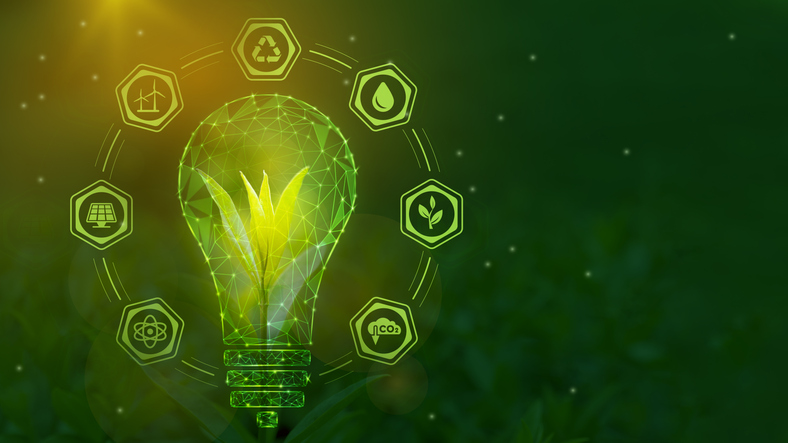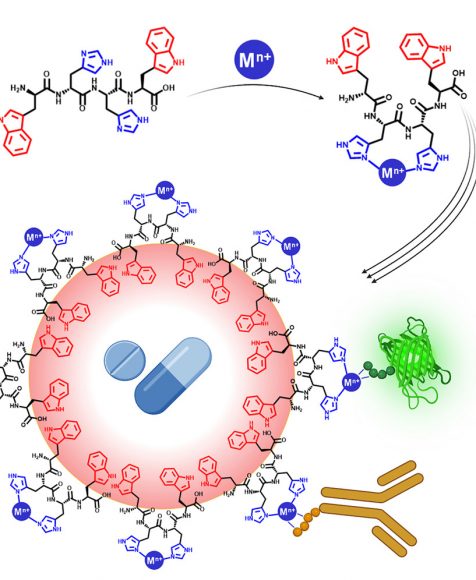
– The US Energy Information Administration (EIA) reports that energy demands from developing countries are going to grow by about 41 percent between now and 2040. By that year, these nations will be using 65 percent of the world’s total energy supply. Cambridge – The US Energy Information Administration (EIA) reports that energy demands from developing countries are going to grow by about 41 percent between now and 2040. By that year, these nations will be using 65 percent of the world’s total energy supply. In the world’s developing countries, the EIA is seeing strong economic growth, increased access to marketed energy, and quickly growing populations – all lead to a rising demand for energy. While new renewable energy technology is easily adaptable, the problem comes in implementing the technology when basic energy infrastructure is lacking. Because of the lack of reliable energy infrastructure, energy supplies are not as reliable. “In some places, we have hospitals that have 12 hours of blackouts a day,” says Enass Abo-Hamed, chief executive, and co-founder of hydrogen storage startup H2GO, reports the Solving the energy storage problem Storage of energy is the problem, and this is where the focus of a lot of technology is today. Ideally, if electricity could be stored on-site for when it was needed, outages would be few and far between. However, right now, the cost of existing battery technology is still fairly expensive. This is exactly what H2GO is working on. Abo-Hamed and her colleagues are working on an innovative way of storing hydrogen gas that can be burned in fuel cells. Their Powered by hydrogen, the Coradia iLint only emits excess steam into the atmosphere, and provides an alternative to diesel power. “Once you reach the required temperature, the structure gets distorted and releases the hydrogen,” says Abo-Hamed. H2GO Power uses a water electrolyzer to split water and produce hydrogen and oxygen. Hydrogen is then stored within H2GO’s solid-state hydrogen storage system until needed. When energy is needed during periods of unmet demand, hydrogen is released to a fuel cell where the output is only electricity and water. Abo-Hamed says that, based on their calculations, a medium to a large hospital in sub-Saharan Africa, would need about 50 liters of water per hour. The cool thing about this system is once the hydrogen is burned to make power, 80-90 percent of the water can be used again. Who is H2GO Power? Enass Abo-Hamed founded H2GO Power In July 2014 after her successful research with a novel porous catalytic material for the production and storage of hydrogen as part of her Ph.D. at the University of Cambridge. H2GO Power is an Investments in hydrogen storage technologies is growing. Shown here is a High power Ni-MH Battery used in the Toyota NHW20 Prius. Having previously obtained her BSc and MSc degrees from the Hebrew University of Jerusalem (Israel), she is currently a research associate at Cambridge and a Cambridge University Energy Champion. The company’s mission is to bring affordable reliable energy to millions across the globe in a green way for large social and environmental impact. H2GO Power’s entire containerized energy unit is a plug-and-play energy system the size of a standard shipping container. It is controlled using various algorithms to ensure maximum efficiency on both a device and system scale. H2GO Power’s patent-pending technology involved a highly porous nano-particle based smart material that combines production, storage and controlled release of hydrogen. This three feature approach allows for enhanced safety and complete fuel utilization. In the EIA report released in September 2017 , the agency projected world energy consumption would rise 28 percent between now and 2040 – Note this is different from the 41 percent rise in developing nations. And there is a reason for this.In the world’s developing countries, the EIA is seeing strong economic growth, increased access to marketed energy, and quickly growing populations – all lead to a rising demand for energy. While new renewable energy technology is easily adaptable, the problem comes in implementing the technology when basic energy infrastructure is lacking.Because of the lack of reliable energy infrastructure, energy supplies are not as reliable. “In some places, we have hospitals that have 12 hours of blackouts a day,” says Enass Abo-Hamed, chief executive, and co-founder of hydrogen storage startup H2GO, reports the UK’s Wired Storage of energy is the problem, and this is where the focus of a lot of technology is today. Ideally, if electricity could be stored on-site for when it was needed, outages would be few and far between. However, right now, the cost of existing battery technology is still fairly expensive.This is exactly what H2GO is working on. Abo-Hamed and her colleagues are working on an innovative way of storing hydrogen gas that can be burned in fuel cells. Their system uses nanomaterials to create a partially flexible sponge that is able to trap hydrogen atoms in its pores. The gas gets released after the structure is heated.“Once you reach the required temperature, the structure gets distorted and releases the hydrogen,” says Abo-Hamed. H2GO Power uses a water electrolyzer to split water and produce hydrogen and oxygen. Hydrogen is then stored within H2GO’s solid-state hydrogen storage system until needed.When energy is needed during periods of unmet demand, hydrogen is released to a fuel cell where the output is only electricity and water. Abo-Hamed says that, based on their calculations, a medium to a large hospital in sub-Saharan Africa, would need about 50 liters of water per hour. The cool thing about this system is once the hydrogen is burned to make power, 80-90 percent of the water can be used again.Enass Abo-Hamed founded H2GO Power In July 2014 after her successful research with a novel porous catalytic material for the production and storage of hydrogen as part of her Ph.D. at the University of Cambridge. H2GO Power is an award-winning spin-out company from the University of Cambridge developing safe and low-cost hydrogen production and storage technologies.Having previously obtained her BSc and MSc degrees from the Hebrew University of Jerusalem (Israel), she is currently a research associate at Cambridge and a Cambridge University Energy Champion. The company’s mission is to bring affordable reliable energy to millions across the globe in a green way for large social and environmental impact.H2GO Power’s entire containerized energy unit is a plug-and-play energy system the size of a standard shipping container. It is controlled using various algorithms to ensure maximum efficiency on both a device and system scale.H2GO Power’s patent-pending technology involved a highly porous nano-particle based smart material that combines production, storage and controlled release of hydrogen. This three feature approach allows for enhanced safety and complete fuel utilization.


